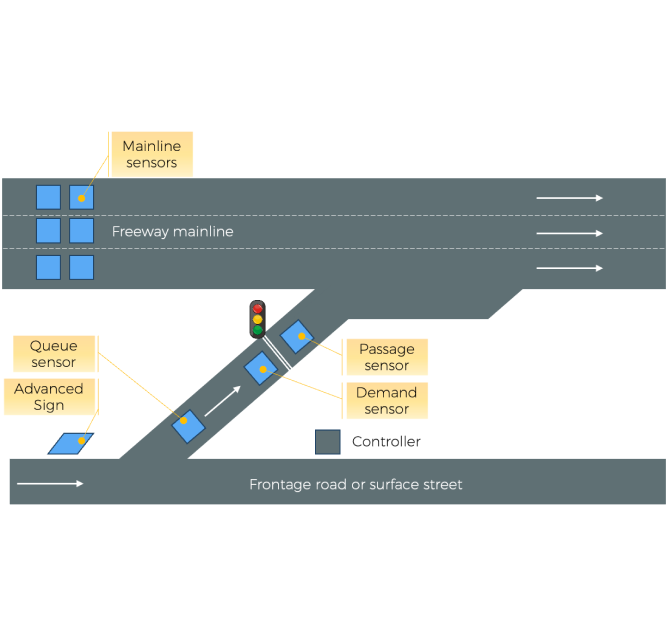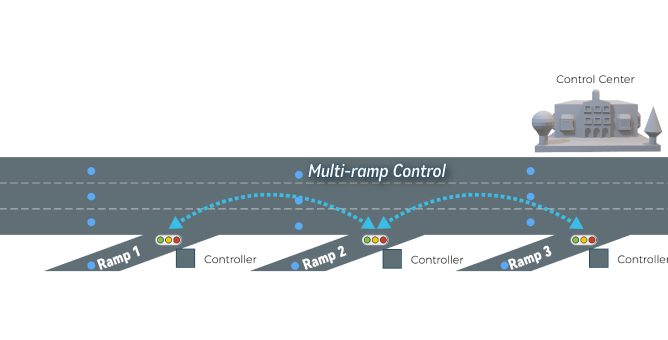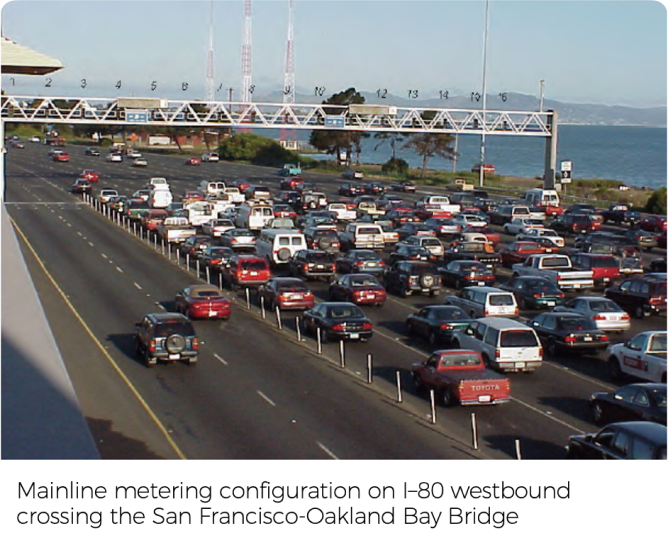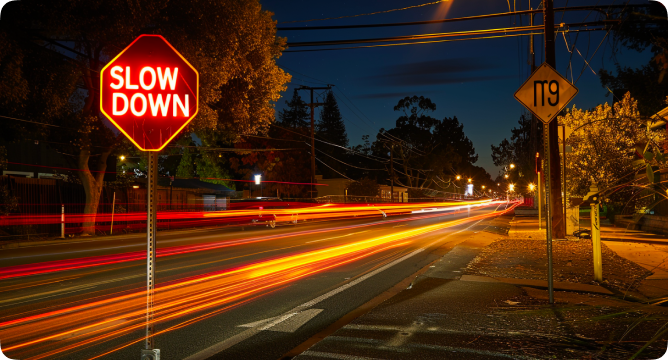
- Detection of Pedestrian /non-motor vehicle intrusion
- Mass fog
- Fire
- Detection of illegal reversing on freeway
- Road congestion event detection
- Vehicle abnormal driving event detection

50%-60% of the delay on urban freeways is associated with Incidents. Debris on the road, flooding, cargo spills, vehicle collisions or accidents, special events such as ball games and festivals, and highway work are examples of incidents. Timeliness is the key to incident clearing and the minimization of congested flow conditions. Rapid detection and verification allow faster and perhaps less complex response options and more effective aid to victims.



The most common technique for addressing recurring congestion on freeways is ramp metering. It limits the rate at which vehicles enter the freeway's mainline so that the downstream mainline capacity is not exceeded.

In this strategy, traffic flow data are analyzed at a central traffic management center that simultaneously adjusts the metering rates at several ramps. The metering rates are found from the analysis of the demand and capacity of an entire freeway section rather than traffic conditions in the immediate vicinity of individual ramps.

Mainline metering is one form of freeway mainline traffic management that also makes use of driver information systems, variable-speed control, lane closure, and reversible lane control. Individually or in combination, these control techniques are gaining acceptance at many highly congested freeway locations throughout the world.
The desired level of service for mainline metering is selected to achieve one or several of the following objectives:
Another technique for managing recurring congestion is to meter freeway-to-freeway connector ramps. Experiences indicate that significant benefits can be achieved with connector metering under conditions similar to those associated with ramp metering.

Safety problems occur when the design speed for certain curves is below that of other portions of the freeway. To lessen the crash potential at such locations, a speed measurement system that incorporates a flashing display to alert the driver to an unsafe speed can be used. Thus, if a vehicle is traveling faster than the desired or safe speed, a flashing sign or signal is activated to advise the driver to reduce the speed of the vehicle.
